Throughout Asia, metropolises have undergone remarkable transformations over recent decades, creating vivid contrasts between ancient traditions and cutting-edge innovation. These urban landscapes tell compelling stories through their architecture, cuisine, and daily rhythms—narratives where centuries-old practices thrive alongside technological marvels that often seem plucked from science fiction novels.
Here is a list of 14 Asian cities where visitors can experience the fascinating intersection of deeply rooted heritage and forward-thinking modernity.
Kyoto, Japan
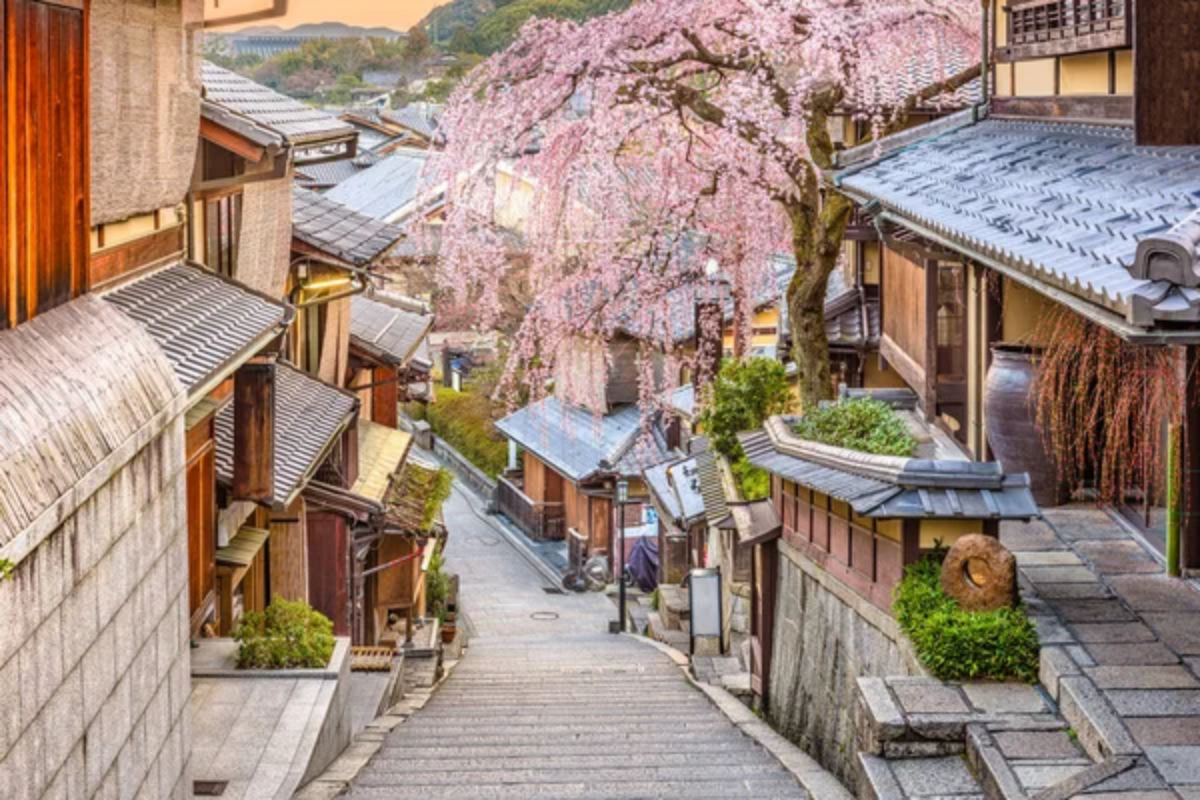
Ancient imperial capital turned innovation hub Kyoto maintains over 1,600 Buddhist temples and 400 Shinto shrines while simultaneously hosting headquarters for gaming giants Nintendo and technology leader Kyocera. Morning prayers at centuries-old temples begin just blocks from university research labs developing cutting-edge robotics and artificial intelligence systems.
The traditional wooden machiya townhouses in the historic Gion district have been thoughtfully renovated into contemporary cafés where matcha tea ceremonies incorporate modern brewing techniques while respecting their 12th-century origins. The city’s commitment to preserving cultural heritage while embracing technological advancement creates neighborhoods where kimono-clad women check smartphones while walking past avant-garde architecture designed by Tadao Ando and other modern masters.
Taipei, Taiwan
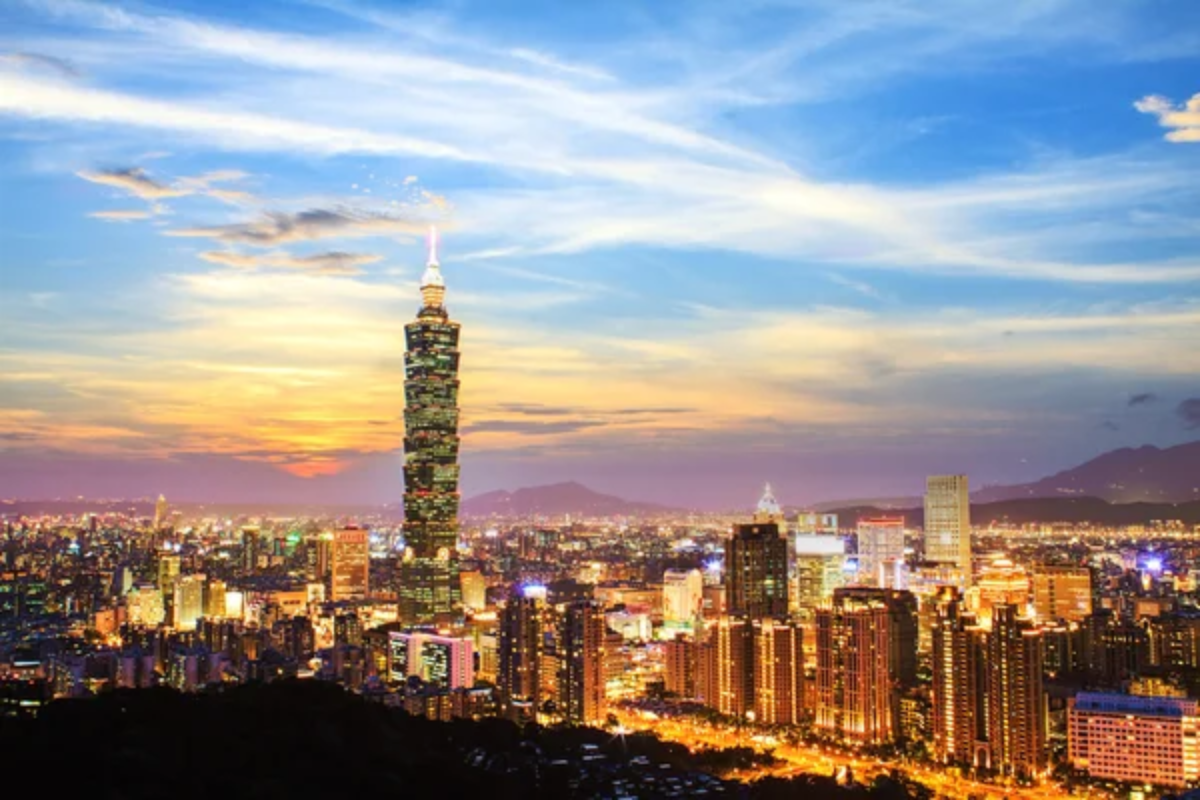
Nestled among verdant mountains, Taiwan’s capital demonstrates how technological prowess can coexist with traditional practices in remarkably harmonious ways. The landmark Taipei 101 skyscraper—once the world’s tallest building—features cutting-edge earthquake-dampening systems alongside design elements incorporating traditional Chinese numerology and feng shui principles.
Night markets like Shilin buzz with activity as vendors use contactless payment systems to sell centuries-old herbal remedies and traditional oyster omelets to crowds that include both elderly locals and tech entrepreneurs from the city’s thriving startup ecosystem. Ancient temples like Longshan remain active centers of daily worship even as they’re surrounded by shopping districts showcasing Taiwan’s world-leading semiconductor and electronics industries that power devices globally.
Like Travel Pug’s content? Follow us on MSN.
Seoul, South Korea
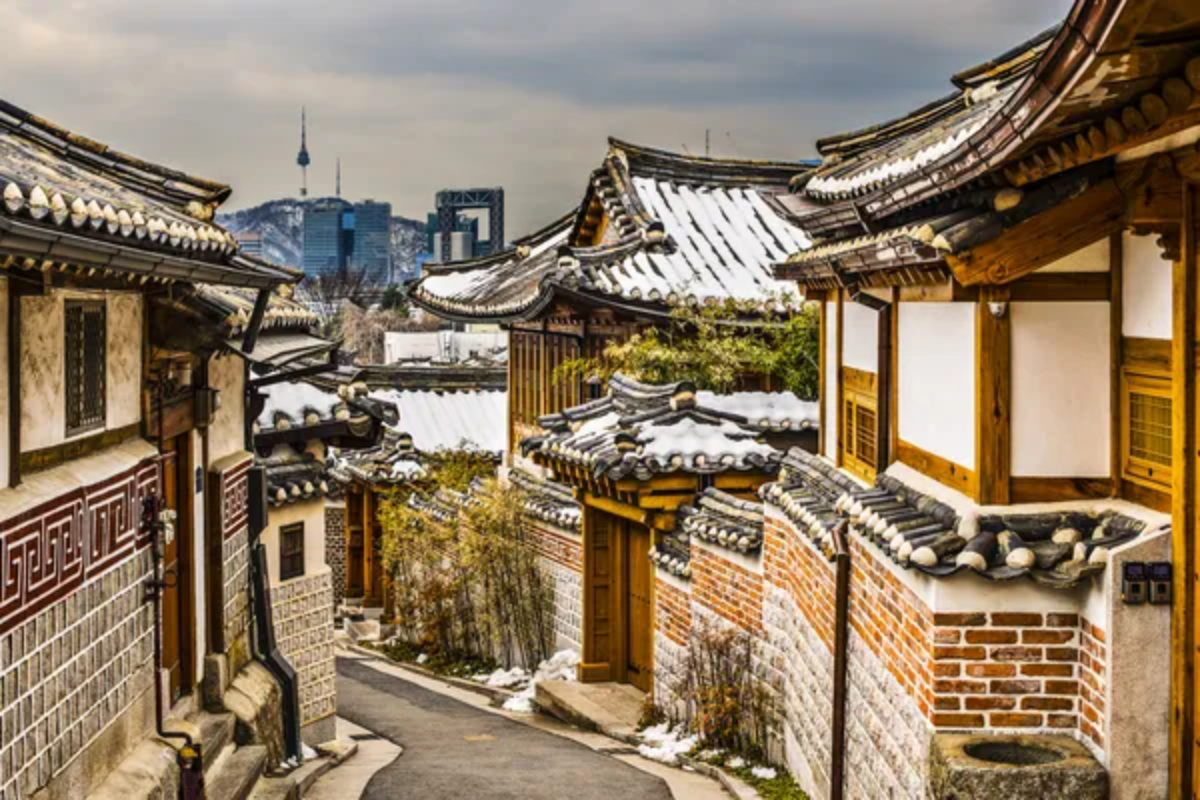
Korea’s capital exemplifies successful urban regeneration that honors heritage while boldly embracing future-focused design and technology. The restored Cheonggyecheon Stream—once buried beneath concrete highways—now flows through downtown, creating a 7-mile green corridor where traditional lantern festivals illuminate paths walked by employees from neighboring tech headquarters.
Bukchon Hanok Village preserves hundreds of traditional Korean homes with their distinctive curved tile roofs just minutes from the futuristic Dongdaemun Design Plaza designed by Zaha Hadid, whose aluminum-clad curves house cutting-edge fashion showcases and technology exhibitions. Buddhist monks in traditional robes shop alongside K-pop stars in the bustling Myeongdong district, where cosmetic shops offer both traditional herbal preparations and innovative skincare products that have revolutionized global beauty industries.
Singapore
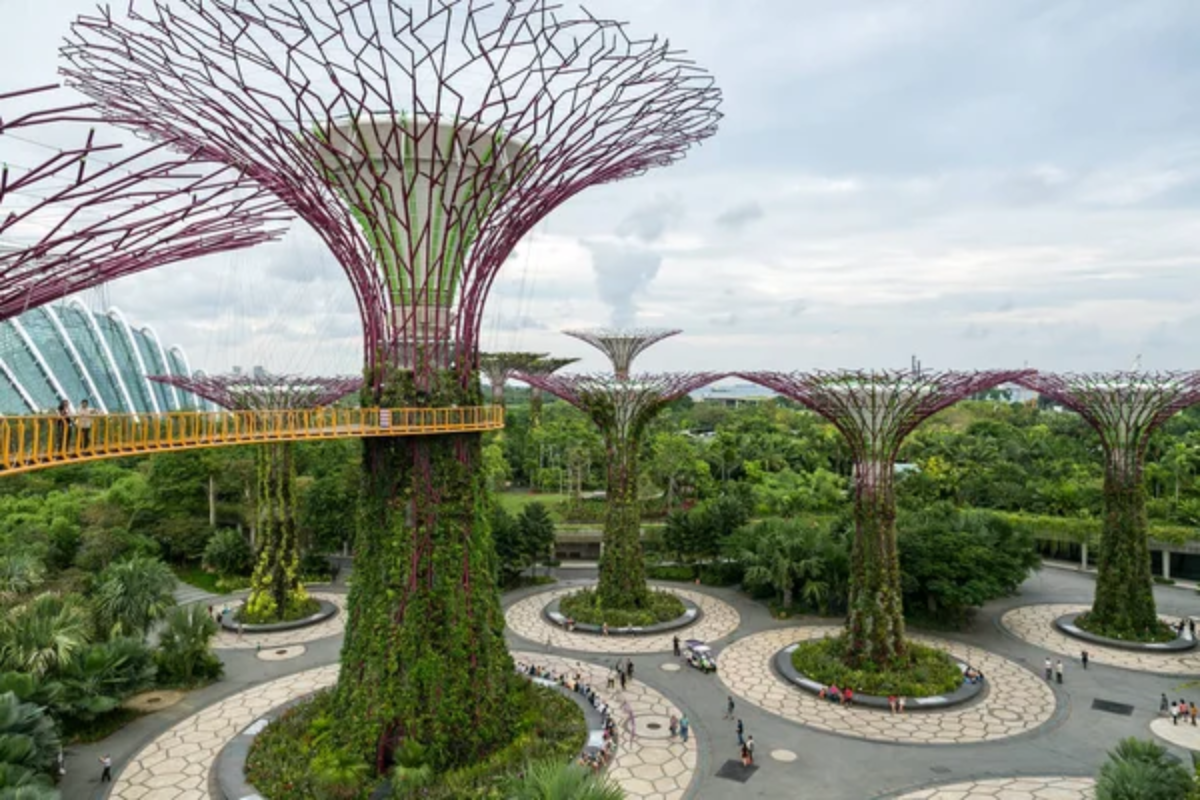
This island city-state demonstrates how thoughtful urban planning can weave heritage areas into a thoroughly modern metropolis defined by architectural innovation and technological integration. The historic shophouses of Chinatown and Little India—meticulously preserved with their characteristic five-foot walkways—stand in colorful contrast to the futuristic Gardens by the Bay, where “supertrees” collect solar energy and rainwater for sustainable operation.
Hawker centers serving traditional dishes from Singapore’s diverse cultural heritage now implement Smart Nation initiatives with centralized payment systems and digital ordering platforms designed to preserve culinary traditions for new generations. The city’s Religious Harmony Act ensures that historic mosques, temples, and churches remain active community centers even as they’re embedded within one of the world’s most technologically advanced urban environments.
Hong Kong
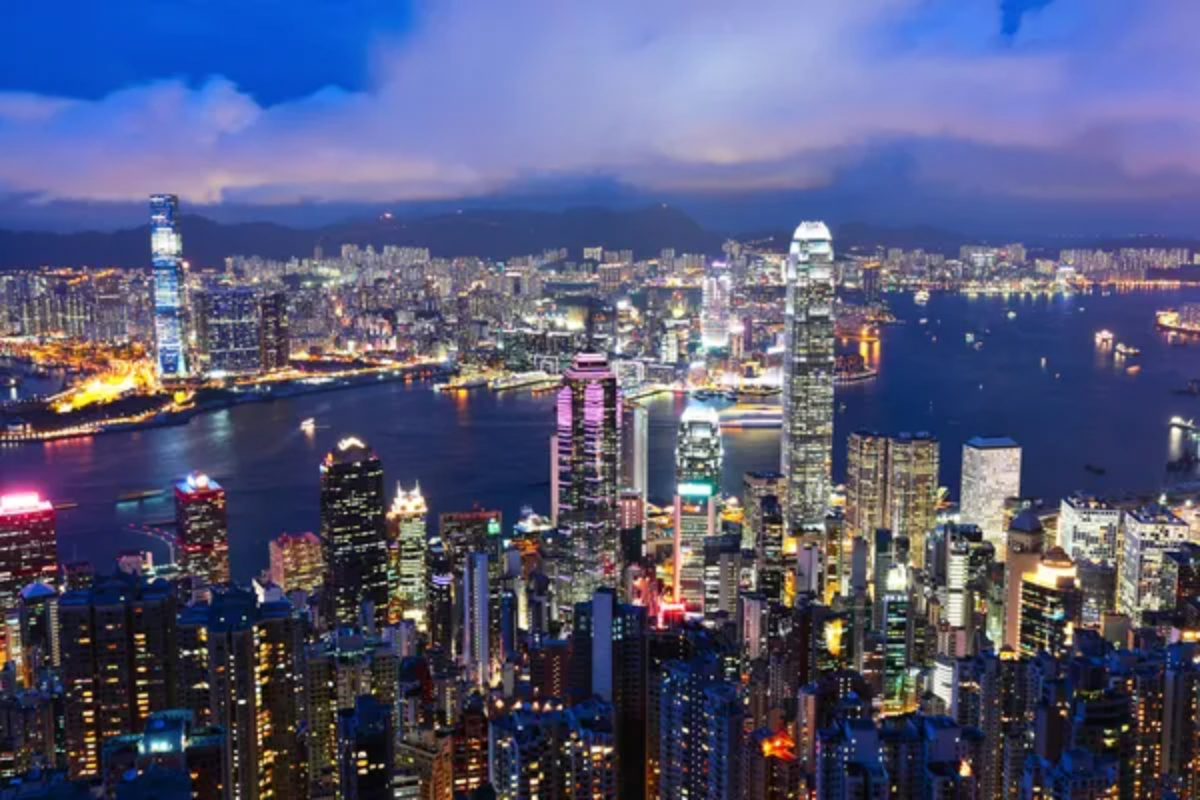
Squeezed between mountain and sea, this vertical city creates fascinating juxtapositions where ancient practices unfold in the shadows of some of the world’s most impressive skyscrapers. Traditional wooden fishing junks still ply the waters of Aberdeen Harbor against a backdrop of luxury residential towers, while the century-old Star Ferry carries passengers across Victoria Harbor beneath one of the earth’s most dramatic skylines.
Daoist temples filled with incense and paper offerings share busy streets with ultra-modern shopping complexes housing global luxury brands and financial institutions that power the Asian economy. The city’s famous dai pai dong street food stalls—some operating for generations—now accept digital payments from young professionals who might spend their mornings at traditional tai chi sessions in the park before heading to offices in glass-and-steel towers designed by world-renowned architects.
Like Travel Pug’s content? Follow us on MSN.
Hanoi, Vietnam
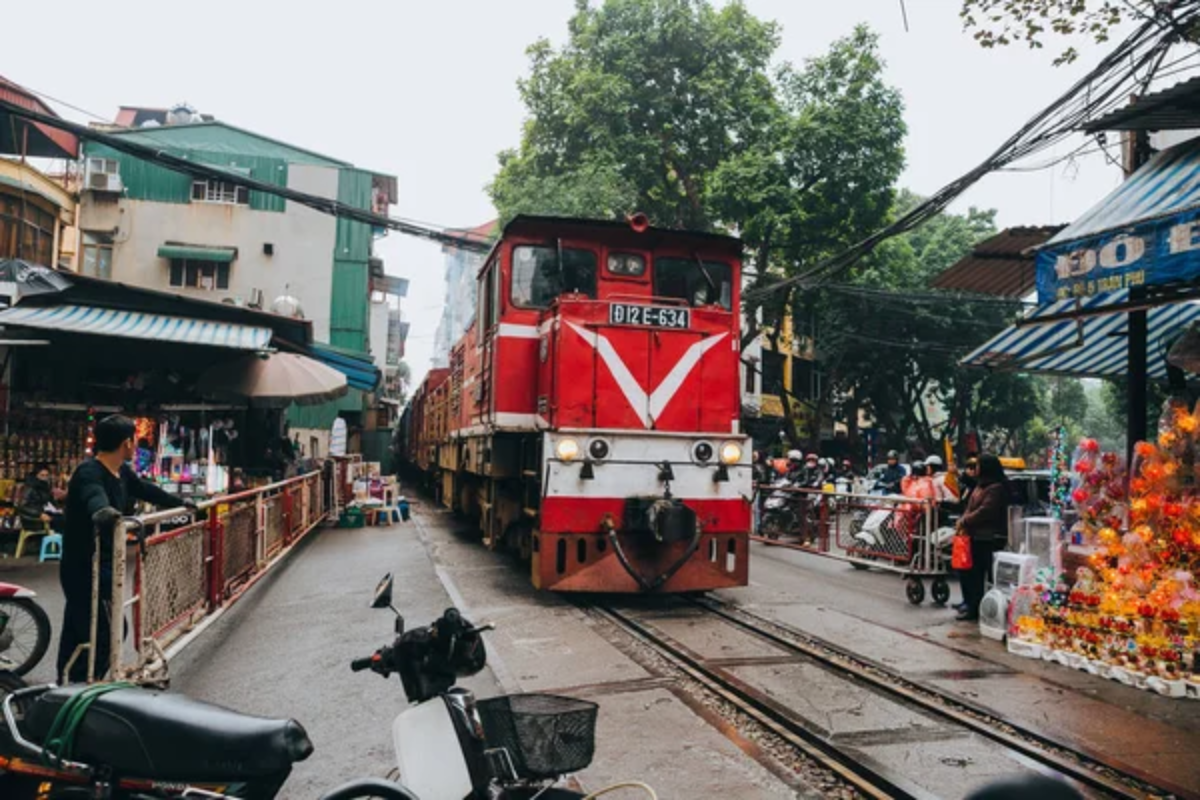
Vietnam’s thousand-year-old capital preserves its ancient heart while embracing development that has transformed daily life across the city. The narrow streets of the Old Quarter—still organized by traditional guilds that once served the neighboring imperial citadel—maintain their historic architecture even as shops inside sell both handcrafted items and contemporary Vietnamese fashion designs.
Early morning scenes of elderly residents practicing tai chi beside Hoan Kiem Lake continue as they have for generations, now joined by young entrepreneurs meeting in lakeside cafés to develop apps and digital services for Vietnam’s rapidly expanding tech sector. Traditional water puppet performances depicting ancient folk tales now incorporate modern lighting techniques and sound systems, demonstrating how cultural preservation and technological advancement have become complementary rather than competing forces.
Chiang Mai, Thailand
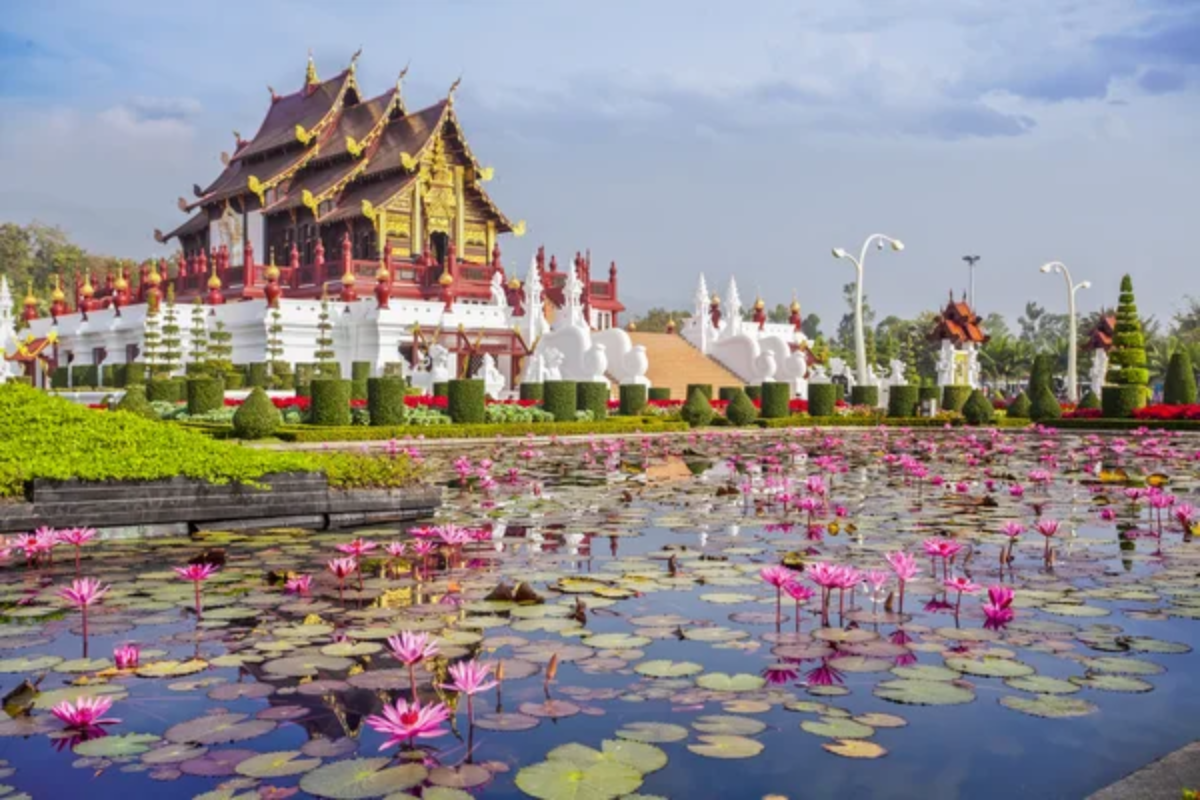
Northern Thailand’s ancient capital balances its 700-year heritage with a growing reputation as a digital nomad hub and creative center. The perfectly square Old City—still partially surrounded by original brick walls and moats—contains over 300 Buddhist temples where monks in saffron robes collect morning alms before returning to monasteries now equipped with solar panels and fiber-optic internet connections.
The city’s Sunday Walking Street market showcases traditional crafts from surrounding hill tribe communities alongside innovative products from local startups and design studios that have earned Chiang Mai UNESCO Creative City status. Traditional Thai wooden houses have been thoughtfully repurposed as co-working spaces and boutique hotels catering to international remote workers drawn by the combination of cultural richness and digital infrastructure that makes this ancient city thoroughly contemporary.
Jaipur, India
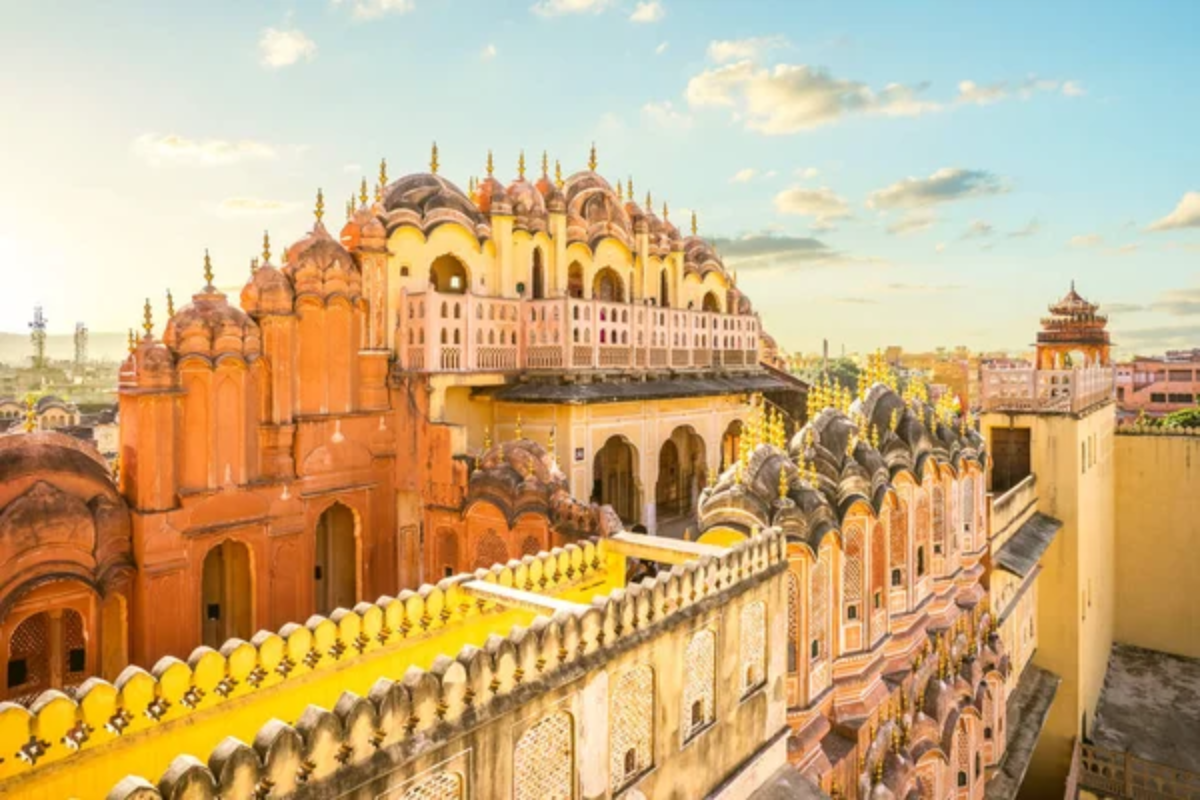
The “Pink City” continues to earn its 18th-century nickname through strict preservation ordinances requiring buildings in the old city to maintain their distinctive salmon-colored façades—a tradition now protected by modern heritage laws. The astronomical instruments of the Jantar Mantar observatory—built in 1734 and still accurately tracking celestial movements—draw both religious pilgrims and scientists interested in historical approaches to astronomy that predated modern technology by centuries.
Traditional block-printing textile workshops operate in historic havelis while young designers create contemporary fashion incorporating these ancient techniques for global markets reached through e-commerce platforms. The city’s jewelry quarter continues centuries-old gemstone cutting and setting practices using tools that have barely changed, even as newly established technology parks on the outskirts develop software used worldwide.
Like Travel Pug’s content? Follow us on MSN.
Penang, Malaysia
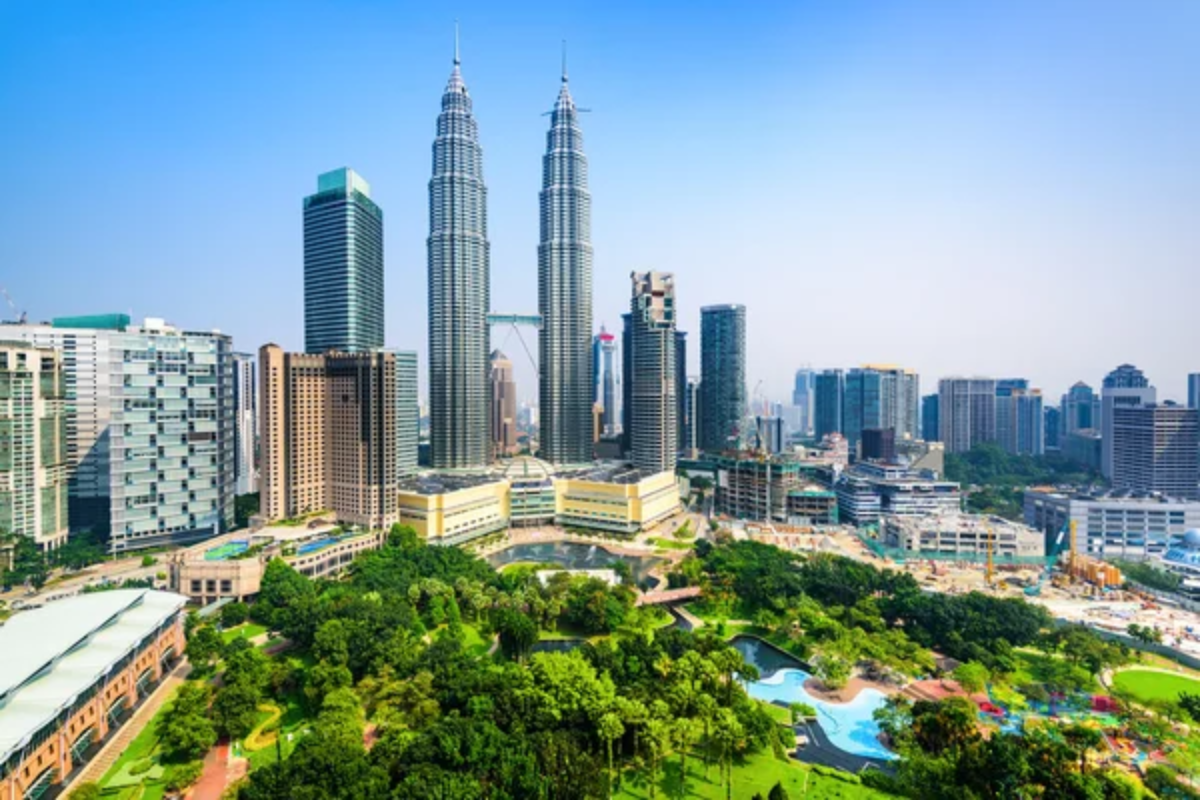
The UNESCO-protected streets of George Town preserve Malaysia’s multicultural heritage through generations-old clan houses and shopfronts while simultaneously hosting a vibrant arts scene that has transformed the city into a creative hub. Traditional craftsmen creating handmade joss sticks and paper offerings for temple rituals work on streets now famous for interactive street art that incorporates historic buildings into contemporary installations.
The city’s legendary street food culture—with recipes passed down through generations—now attracts international culinary tourism aided by food blogs and apps guiding visitors to the best char kway teow or laksa served from humble carts. Once-fading heritage buildings have found new purpose as boutique hotels and creative spaces, carefully preserving architectural details while incorporating modern amenities and design elements that respect rather than replace the past.
Xi’an, China
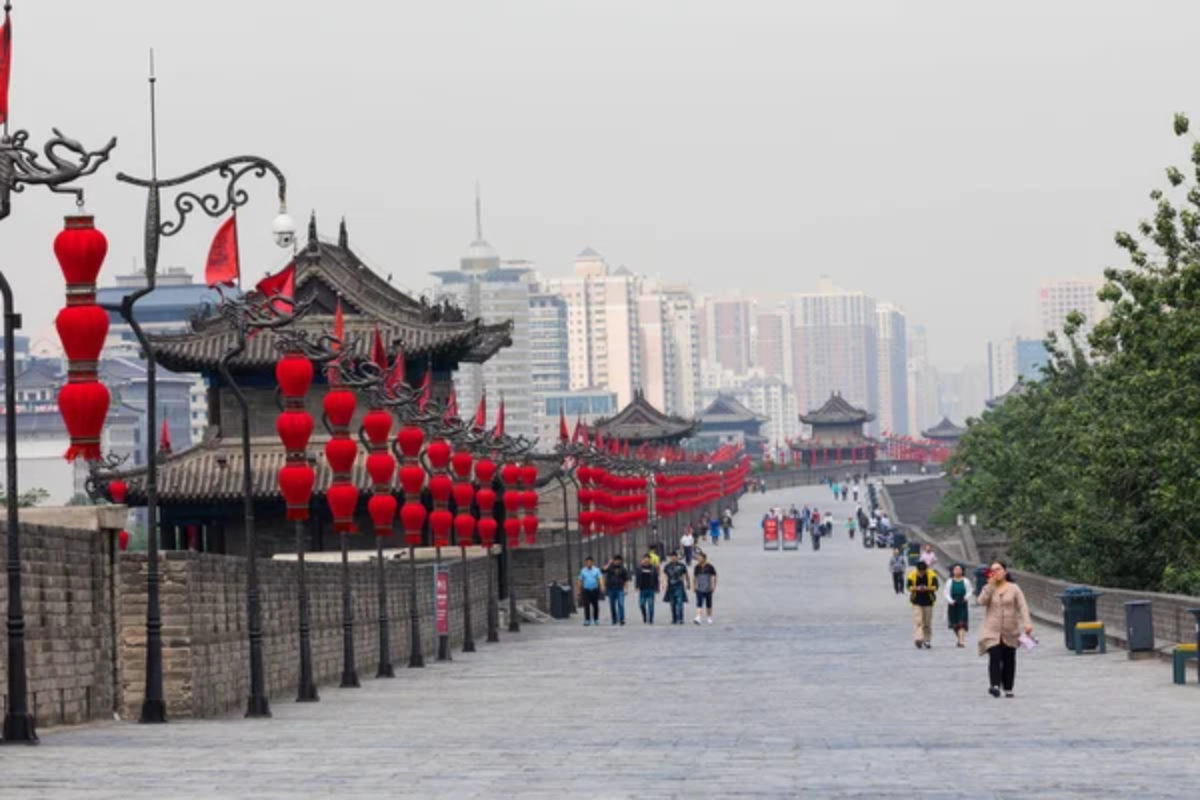
The eastern terminus of the ancient Silk Road now surrounds its massive 14th-century city walls with high-tech development zones, creating stark visual contrasts between imperial-era architecture and modern innovation. The Muslim Quarter’s narrow streets—continuously inhabited by the Hui community since the Silk Road’s heyday—maintain traditional food traditions using halal techniques that have remained largely unchanged for centuries despite the neighborhood now being ringed by shopping malls and office towers.
Archaeological work continues at sites throughout the region, including the famous Terracotta Army, where preservation scientists employ advanced imaging and conservation technologies to protect ancient artifacts. The city’s role as an educational center has expanded from its traditional Buddhist temple schools to include major technical universities specializing in aerospace engineering and computer science, making Xi’an simultaneously one of China’s oldest and most future-focused cities.
Busan, South Korea
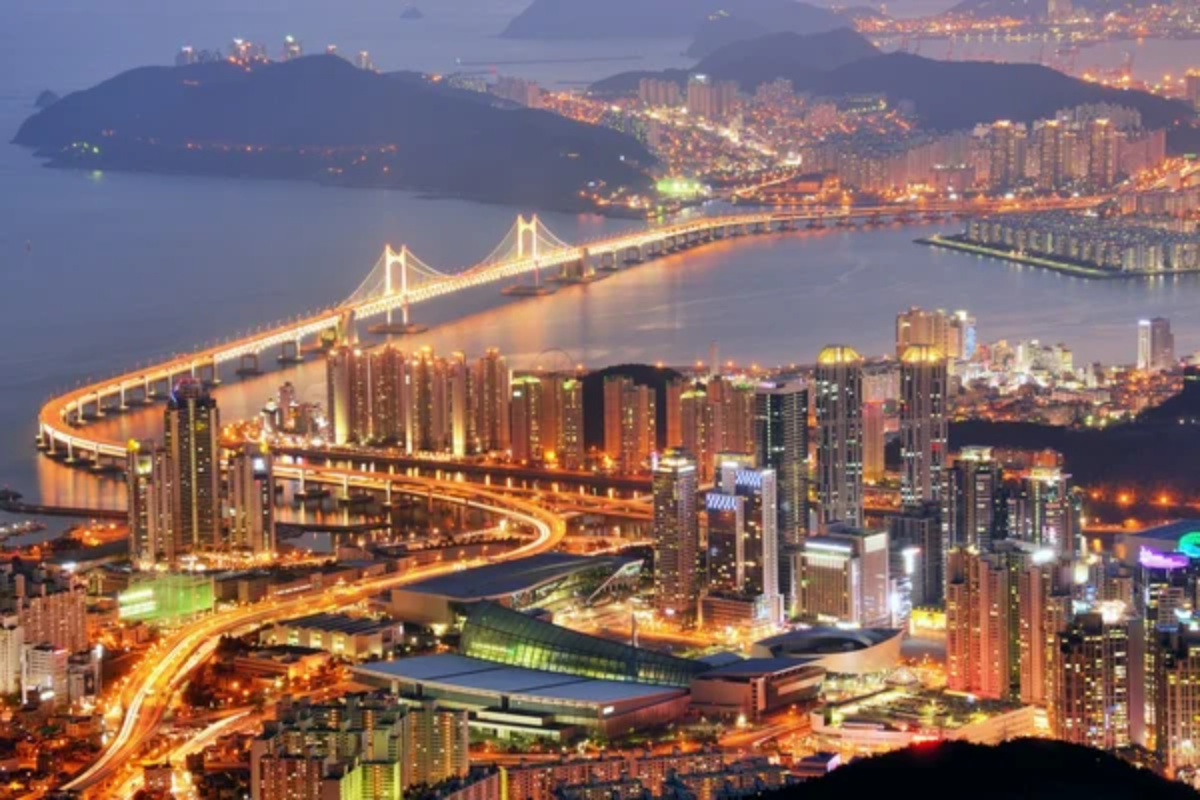
Korea’s second city combines its maritime heritage with cutting-edge architecture and technology implementation that has transformed former industrial areas into creative and technological hubs. The traditional Jagalchi Fish Market—where generations of female vendors have sold the day’s catch—now operates alongside the ultramodern Busan Cinema Center that hosts Asia’s premier film festival in a structure featuring the world’s largest cantilever roof with LED lighting systems visible from miles away.
Busan’s famous Haedong Yonggungsa Temple—dramatically situated on coastal rocks where monks have prayed for centuries—now includes QR codes providing visitors with historical information and translation services via their smartphones. Gamcheon Cultural Village transformed once-impoverished hillside housing into a vibrant arts district where narrow stairways between brightly painted homes lead to galleries and workshops using traditional techniques for contemporary artistic expression.
Like Travel Pug’s content? Follow us on MSN.
Bangkok, Thailand
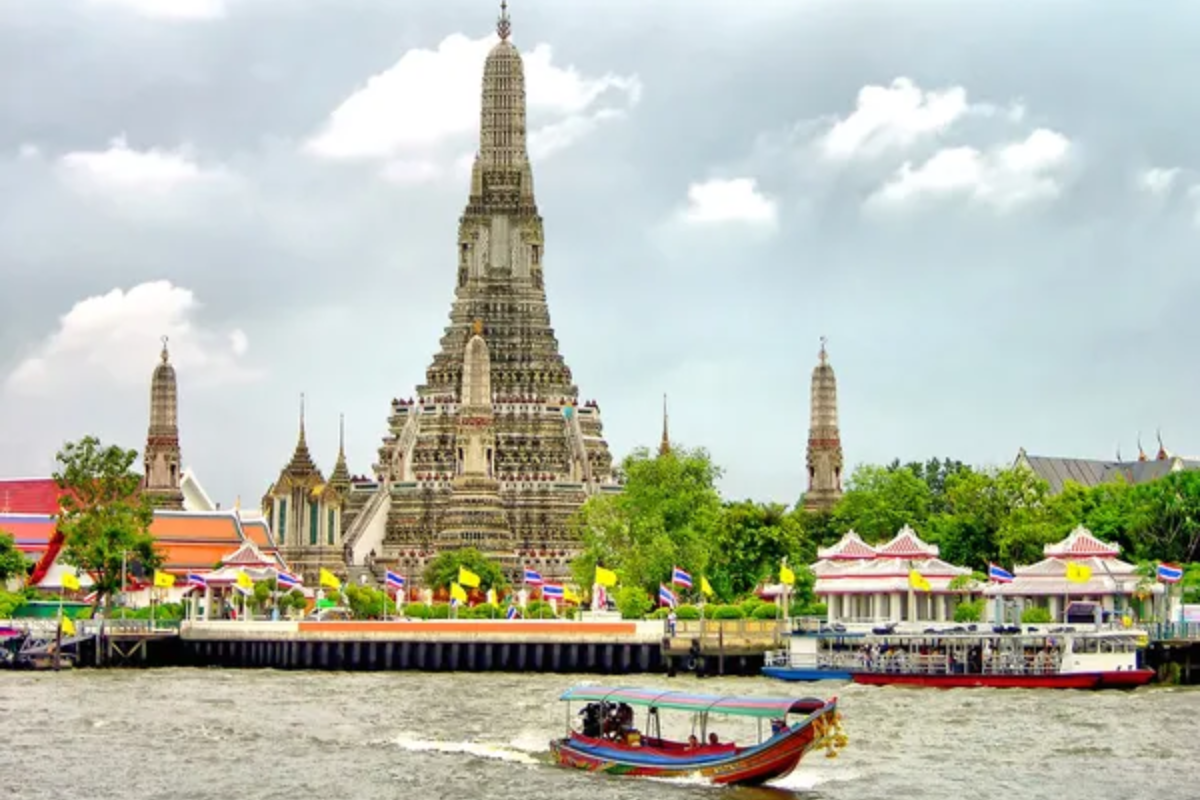
Thailand’s capital creates remarkable visual contrasts where ornate golden temple spires rise above elevated train tracks and expressways connecting a metropolis of over ten million people. Traditional long-tail boats navigate the Chao Phraya River carrying both commuters and visitors past glittering skyscrapers housing multinational corporations and luxury hotels with rooftop bars overlooking ancient temple complexes.
The city’s floating markets—once essential commercial centers—continue daily operations with vendors in traditional dress selling goods from wooden boats while nearby shopping malls showcase global luxury brands and local designers creating contemporary interpretations of Thai aesthetic traditions. Buddhist monks collecting morning alms in ancient rituals pass professionals heading to offices in glass towers, creating daily scenes where centuries of tradition and rapid modernization coexist in apparent harmony.
Mumbai, India
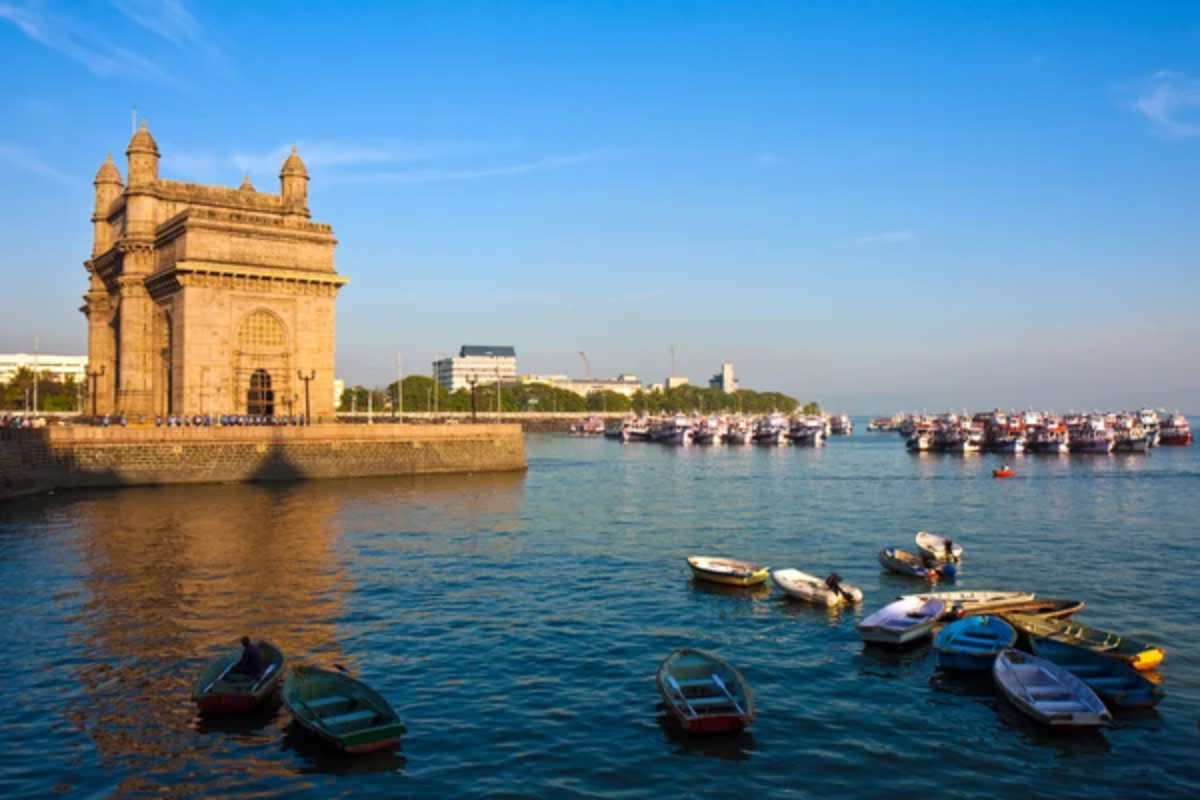
India’s financial capital and entertainment hub juxtaposes colonial-era architecture with skyscrapers, creating a cityscape where heritage and development exist in constant negotiation and occasional tension. The UNESCO-listed Victorian Gothic buildings around Horniman Circle house financial institutions with centuries of history alongside tech startups developing financial service apps for India’s rapidly expanding digital economy.
The city’s famous dabbawala lunch delivery system—operating successfully for over 125 years using a complex coding system without digital technology—continues serving thousands daily alongside modern food delivery apps connecting customers to everything from traditional thali meals to international cuisine. Traditional fishermen from the indigenous Koli community—Mumbai’s original inhabitants—continue casting nets from wooden boats in the shadow of the iconic Bandra-Worli Sea Link bridge that symbolizes the city’s modern infrastructure development.
Kathmandu, Nepal
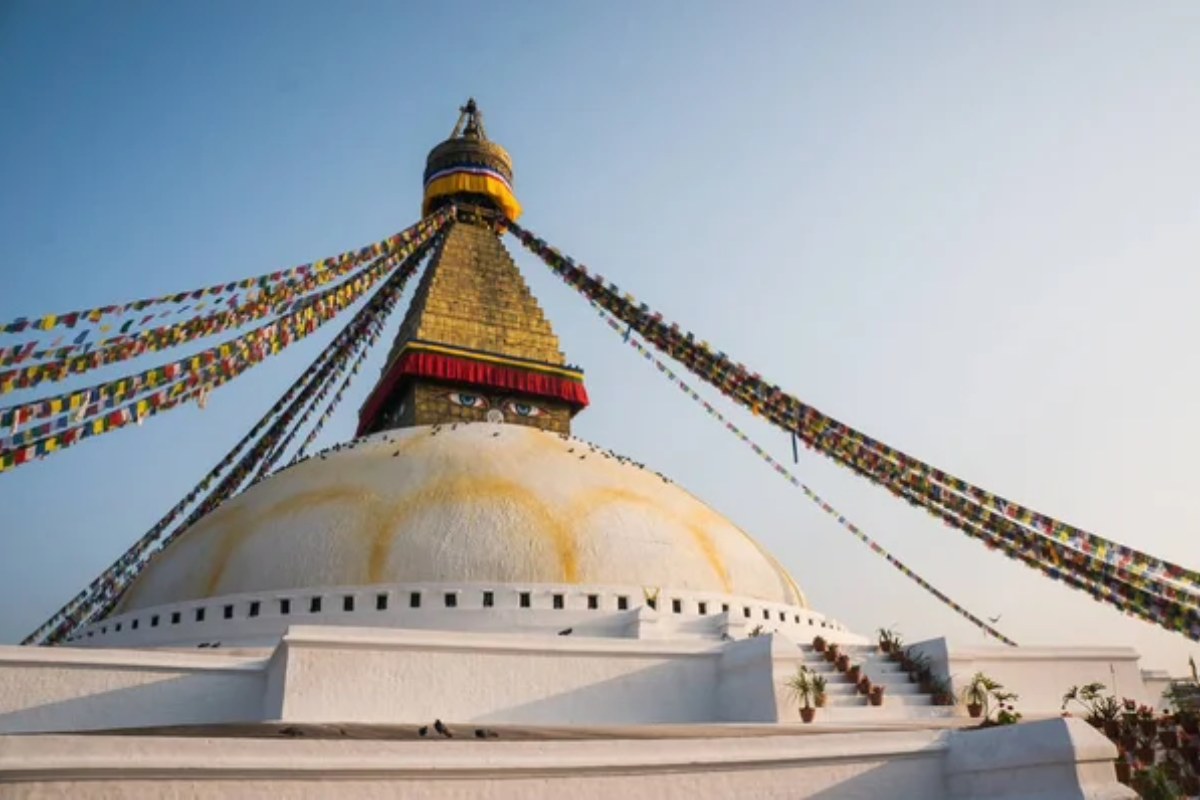
The capital city, nestled among Himalayan foothills, preserves ancient Hindu and Buddhist traditions while adapting to rapidly changing circumstances brought by increasing connectivity with global culture and commerce. Durbar Square’s medieval temples—some dating to the 12th century—remain active religious sites despite earthquake damage, now undergoing restoration using both traditional craftsmanship and modern conservation techniques funded through international cooperation.
Traditional thankas paintings depicting Buddhist deities—created using techniques unchanged for centuries—now incorporate contemporary imagery and find markets through online galleries connecting local artists with global collectors. The city’s growth has created challenges for historic preservation, yet innovations in earthquake-resistant construction allow new buildings to reference traditional Newari architectural styles while incorporating modern safety features—creating a cityscape where heritage and advancement find necessary compromise.
Like Travel Pug’s content? Follow us on MSN.
Urban Harmony
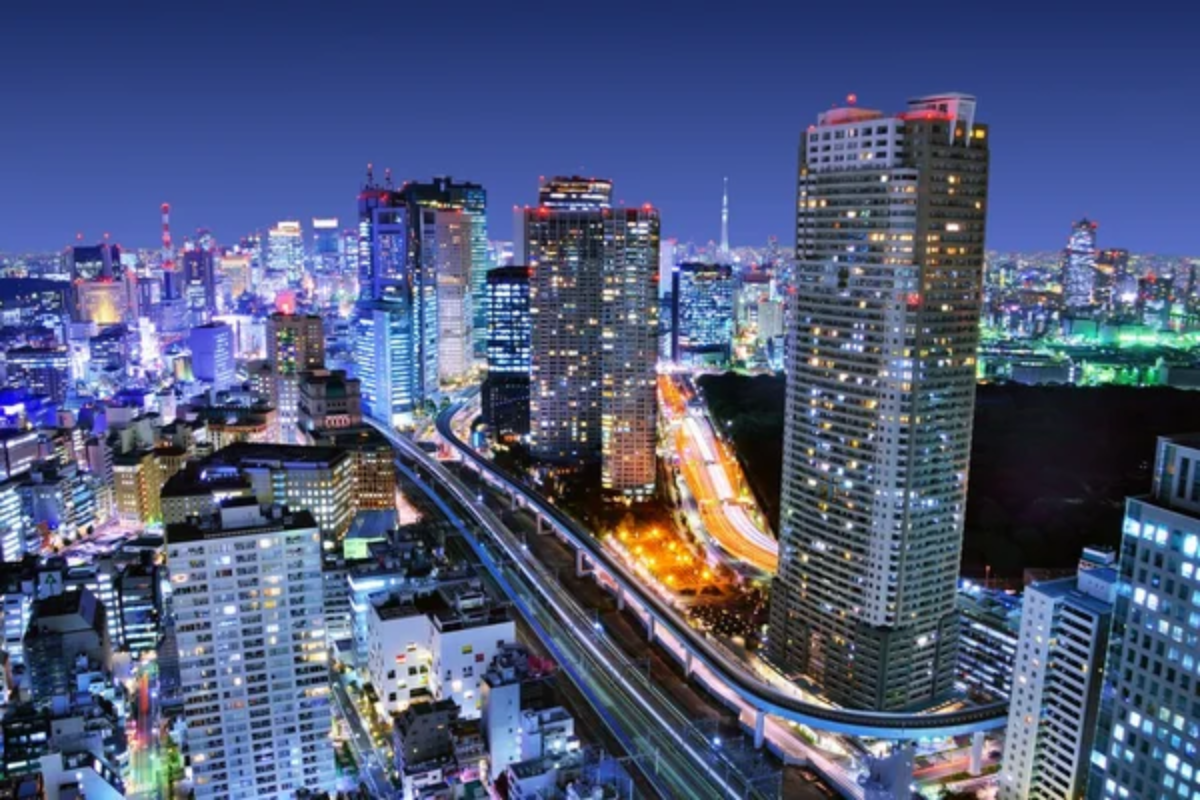
These Asian cities demonstrate that tradition and modernity need not exist in opposition—they can instead create vibrant urban environments where cultural continuity provides a meaningful context for ongoing innovation. The successful integration of heritage preservation with forward-thinking development offers valuable lessons for urban planners worldwide, showing how cities can honor their past while embracing technological advancement.
For travelers, these urban centers provide uniquely layered experiences where a single day might include visits to centuries-old temples, meals from traditional street vendors, and encounters with technologies that haven’t yet reached Western markets—all part of the fascinating dialogue between past and future that defines contemporary Asian urban life.
More from Travel Pug

- Cities Growing so Fast You Won’t Recognize Them in 10 Years
- 13 Destinations Where Tourists Regularly Regret Their Trip
- 16 U.S. Cities That Are Quietly Becoming Travel Hotspots
- Where to Travel If You Love Long Bus Rides and Daydreams
- 20 Cities Perfect for Solo Travelers Who Crave Adventure & Culture
Like Travel Pug’s content? Follow us on MSN.
